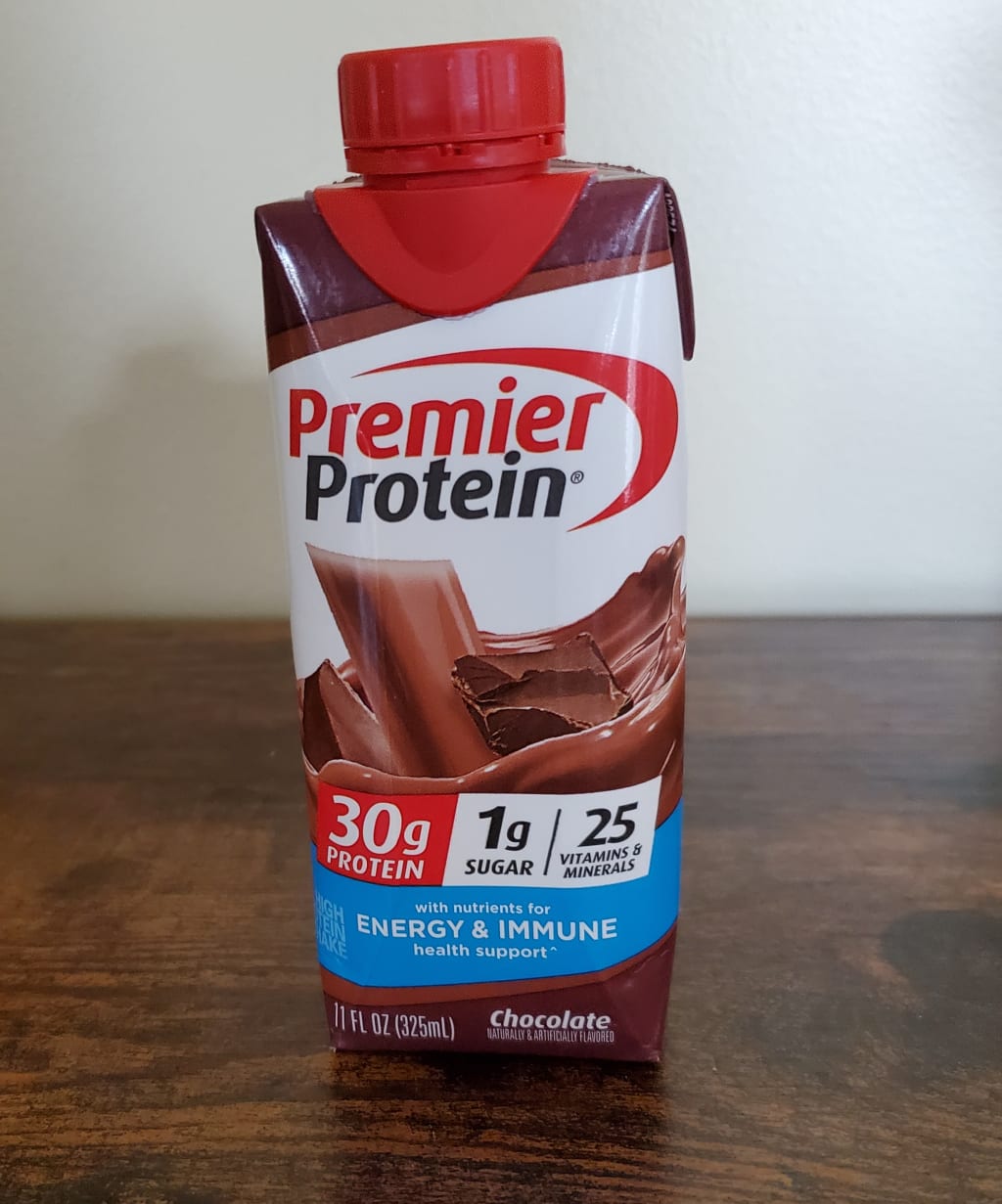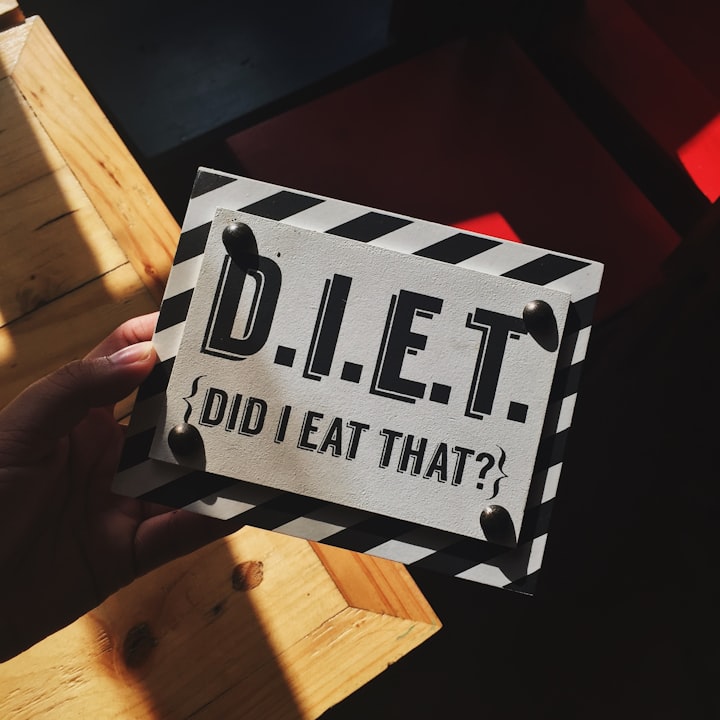Post Bariatric Surgery Life Begins - Part 8
Liquids, pureed baby food and NO HUNGER

Part 1 - The Life That Led Me to Bariatric Surgery
Part 2 - The Road to Bariatric Surgery - Full of Potholes
Part 3 -Struggling Through the Pre-Surgery Medical Clearances
Part 4- Failing the Pre-Surgery Psychological Exam
Part 5- Pre-Surgery Education Classes - The Fattest One in the Room
Part 6 -Starving for Surgery
Part 7 - Bariatric Surgery Finally Arrives
Even though the surgical complications I discussed in the previous installment were going to prolong my recovery a bit more than the typical Gastric Sleeve patient, I was still the star of the Bariatric Ward. I was so thrilled and anxious to embark on this new phase of my life that I followed the doctor’s orders to the letter.
He said it was imperative to walk, so I walked. At least five times a day, up and down those hospital corridors, dragging the pole with my IV bags alongside me. Morning, noon, night, and well into the middle of the night, I could be seen walking the halls, cheered on by the nurses, aides, doctors, and cleaning personnel.
This was not a speed race, by any means. I was going at a turtle’s pace, but I was going, nonetheless. The Bariatric Team nurse had to coax the other post-surgical patients out of bed, many of whom refused to get up, but not me.
Bear with me as I give you a little medical information related to the food regimen that was necessary to follow in order to promote proper healing. During this surgery, 2/3 of the stomach is removed, leaving the patient with a small “sleeve” for a stomach. It is about the size of a small banana. The cut has to heal and the stitches dissolve. The stomach is a much more complicated organ with many more functions and hormones than I ever imagined. We were taught about this during our pre-surgery classes. Besides the healing that had to occur, there were a multitude of changes going on in our new anatomy, so it was important to follow the diet exactly.
The post-surgery healing diet consisted of clear liquids and protein shakes for a couple of weeks. We could then advance to pureed food for a couple of more weeks, then tiny portions of light foods such as chicken, cottage cheese, eggs – chewed to the consistency of sand, so they were easily digestible and did not irritate the surgical site.
My new tiny stomach could barely hold more than a few tablespoons of food, and I was feeling absolutely zero hunger. After 71 years of constant hunger and an inability to ever feel satiated, I was thrilled at this new development.
We were warned during our classes that eventually, our bodies would stabilize and adjust, allowing us to hold more food, but for the first few months, we were not going to be able to handle more than about 2 oz. of food at a time. Thus, the need to supplement our diets with high protein shakes.
I was on an emotional high, overcome with a sense of wonderment, and the first genuine feeling of encouragement I had in decades that I was actually going to lose an amount of weight significant enough to make me a normal size. The idea kept swirling in my head – normal, normal, normal. I am going to look normal. I wasn’t going for model stick-thin. I just wanted normalcy, and I could see it ahead. I could see it! 30 lbs. dropped off me within the first four weeks.
Although I was losing weight on schedule, my recovery was going very slowly. I was extremely tired and weak, somewhat expected because of the complications during the surgery. But something else was hindering my recovery.
I’ll never know if it was the positioning of my body on the operating table, the way I was maneuvered on the table, the impossibly uncomfortable hospital bed, or unknown forces of the universe, but after the surgery, my back was worse than it had ever been. I was barely able to walk from debilitating sciatic pain.
A trip to the orthopedic back surgeon and a series of tests confirmed that my discs were collapsed, squeezing and twisting the sciatic nerve. The only solution was the extensive “rods and screws” back surgery that I had been avoiding for 10 years.
I did not want this surgery, especially after having just undergone a major surgical procedure, but I was unable to walk, stand, or lie down in bed. I could only sit. My choices were now limited to major back surgery with a six-month recovery period or a life of excruciating pain in a wheelchair. This put a bit of a damper on my joy over finally losing weight.
This is a series about my weight loss journey, and I want to focus on that, but my succeeding health crisis was so intertwined with my life for the next two years, that I cannot continue my weight loss story without giving you at least a synopsis of my near-death experiences.
My bariatric surgeon agreed to a five-week timetable. He felt that I needed at least that much time to heal from the sleeve surgery before I could undergo another surgical procedure. So I lived, ate, and slept in my power lounge chair for the next five weeks. The pain was too agonizing in any other position.
If you don’t already know this, I am here to tell you that sitting is not good for you. This will be another story for another time, but the short version is – Saddle Emboli – blood clots in my lungs so serious that the ER doctor, my cardiologist, and my pulmonologist told me, after six days in ICU, that I should have died. They rarely see survivors from the severity of the clots I had. Well, that was a lot to digest (no pun intended) emotionally.
Six months of struggling to recover, I fell while on the blood thinner I was taking to prevent more clots. A massive hematoma on my knee, internal hemorrhaging, a cellulitis infection rapidly heading toward sepsis, more hospital stays, IV antibiotics, and another year of trying to recover, all while still faithfully adhering to my minimal post-bariatric surgery diet.
The only joy I received during all of this was that my dream of weight loss was realized! The surgery had accomplished what I had expected from it. It allowed me to stick to a diet without hunger or overeating. From my highest weight a few years before the surgery to 18 months after the surgery, I had lost 120 lbs!!!!! I cried when I went clothes shopping. See below for the proof in the pictures.



NEXT: The Thrill of Adjusting to the NEW ME. Not as easy as you may think.
About the Creator
Joan Gershman
Retired - Speech/language therapist, Special Education Asst, English teacher
Websites: www.thealzheimerspouse.com; talktimewithjoan.com
Whimsical essays, short stories -funny, serious, and thought-provoking
Weightloss Series






Comments
There are no comments for this story
Be the first to respond and start the conversation.